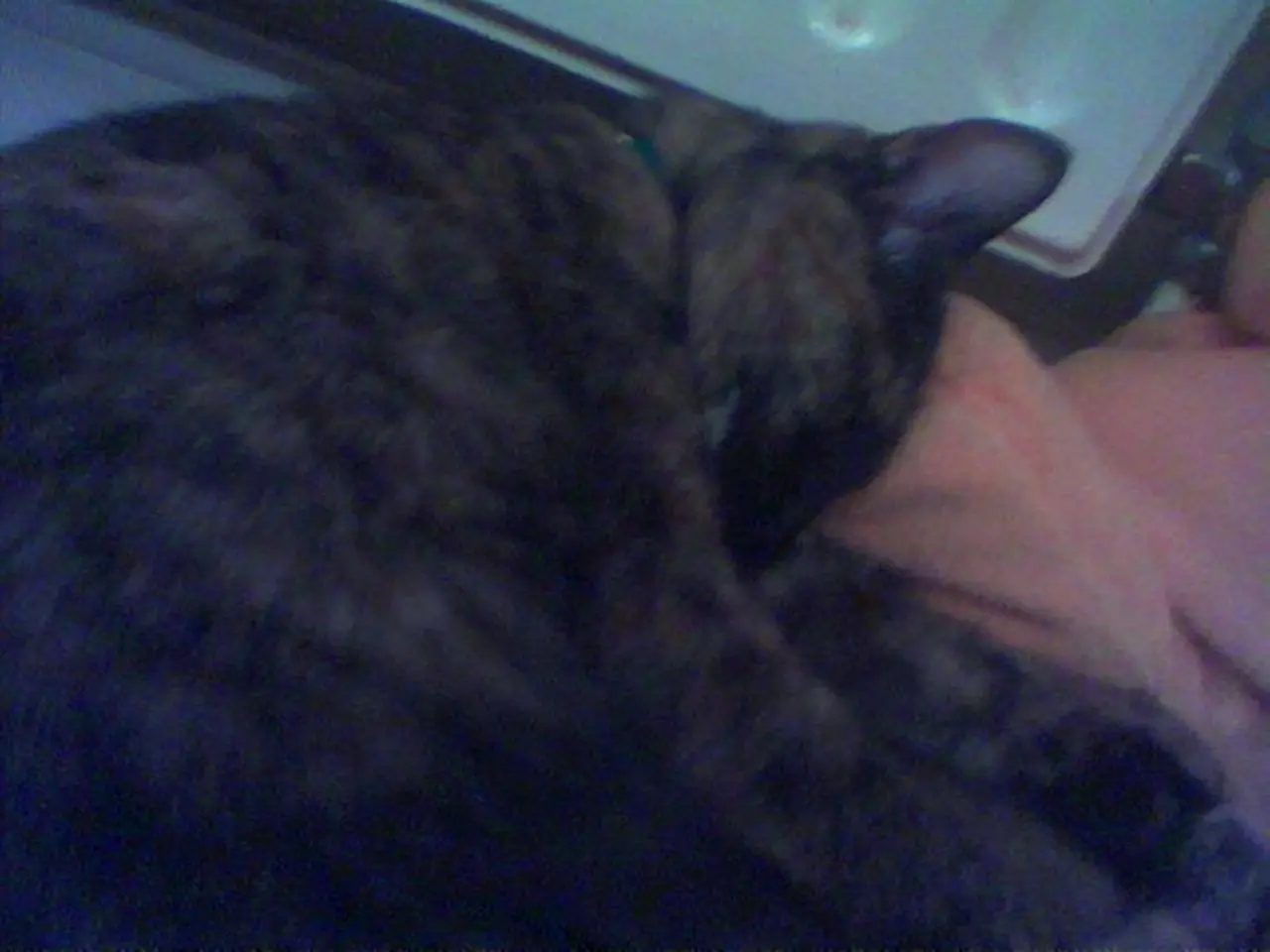Strategies for securing your household against feline intrusion in 12 straightforward measures
Cat-Proofing Your Home: A Guide to Keeping Your Feline Friend Safe
Welcome to our guide on cat-proofing your home! As a new cat owner, or even an experienced one, it's essential to ensure your home is safe and secure for your feline friend. Here are some key safety tips and essential items to help you create a cat-friendly environment.
Firstly, eliminate hazards by securing cords and blind strings. Use cord covers, cable wraps, or cordless blinds to prevent cats from playing with or chewing on them, which can cause choking or electrocution risks. Anchor décor and fragile items using museum putty or adhesive strips to prevent them from wobbling or falling if a cat jumps on or bumps into them.
Next, replace open flame candles and toxic diffusers with flameless, cat-safe alternatives. Candles and certain essential oils can be harmful to cats, so it's best to opt for safer alternatives. Keep counters clear and inaccessible by removing sharp objects, hot surfaces, and food scraps. Consider motion-sensor mats as gentle deterrents to keep cats off counters.
Secure small objects and trash by storing rubber bands, twist ties, hair ties, and other small items in drawers. Use trash bins with locking lids or put them inside cupboard spaces to avoid garbage raiding. Close closet doors and bathroom cabinets to prevent cats from turning clothes into beds and accessing toxic cleaners or medications. Use childproof latches if needed.
Keep toilet lids down to prevent cats drinking from toilets or falling in. Install barriers or safety nets for stairs or dangerous openings to stop cats from falling or accessing unsafe areas. Provide enough cat-friendly alternatives such as scratching posts, cat trees, and interactive toys to divert their attention from household items.
For outdoor safety and preventing damage in the garden, consider installing cat-proof fencing options like overhang fences, netting systems, or roller bars. These fences should be at least 6 feet tall with secured bases to prevent escape and garden damage.
Essential items to buy include cord covers and cable wraps, museum putty or adhesive strips, flameless candles or cat-safe diffusers, motion-sensor mats for counters, childproof latches for cabinets, trash bins with locking lids, scratching posts, cat trees, safety nets or barriers for stairs, and cat-proof fencing materials for outdoor areas.
By implementing these measures, you can reduce the risk of damage and keep your cat safe in your home environment. Additionally, consider using a pheromone diffuser or calming cat collar to help your cat relax in a new environment. Hide mothballs in a closed drawer at all times, and make sure the house is warm enough to maintain a comfortable temperature for the cat. Lastly, invest in a microchip cat flap if you have an outdoor cat.
With these tips and essential items, you're well on your way to creating a safe and enjoyable home for your cat!
- To prevent cats from choking or electrocution risks, use cord covers, cable wraps, or cordless blinds to secure cords and blind strings.
- Keep counters clear and inaccessible by removing sharp objects, hot surfaces, and food scraps to ensure the safety of your cat.
- Secure small objects and trash by storing them in drawers or using trash bins with locking lids, and close closet doors and bathroom cabinets to prevent cats from accessing harmful items.
- Provide your cat with cat-friendly alternatives such as scratching posts, cat trees, and interactive toys to divert their attention from household items.
- For the outdoor safety and prevention of garden damage, consider installing cat-proof fencing options like overhang fences, netting systems, or roller bars, which should be at least 6 feet tall with secured bases.




